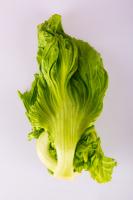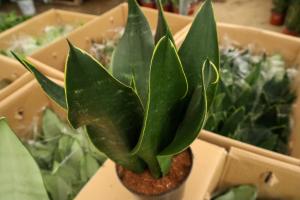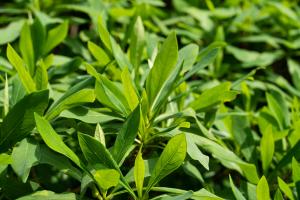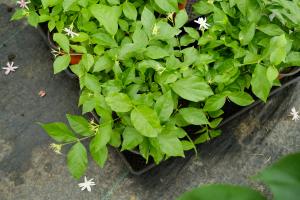Why is My Spider Plant Turning Yellow?
Possible Causes of Yellowing Spider Plants
Spider plants are known for their beautiful green foliage, but what do you do when you notice yellowing leaves? There could be a number of reasons why your spider plant is turning yellow. Here are some of the most common causes:
1. Overwatering
One common cause of yellowing spider plant leaves is overwatering. Spider plants prefer soil that is well-drained, so if their roots are sitting in water for too long, they can develop root rot, which can cause the leaves to turn yellow and eventually die.
2. Underwatering
On the other hand, not watering your spider plant enough can also lead to yellowing leaves. Spider plants need regular watering to stay healthy and thrive, so if they're not getting enough water, their leaves can start to yellow and dry out.
3. Too little sunlight
Spider plants need plenty of bright, indirect sunlight to grow properly. If your plant is not getting enough light, the leaves can start to turn yellow. This can be fixed by moving your plant to a sunnier spot.
How to Fix Your Yellowing Spider Plant
If you've identified the cause of your spider plant's yellowing leaves, here are some steps you can take to fix the problem:
1. Adjust watering habits
If you've been overwatering your spider plant, let the soil dry out before watering again. If you've been underwatering your plant, increase the frequency of your watering. Make sure the soil is moist but not waterlogged.
2. Move your plant to a sunnier spot
If your spider plant is not getting enough light, move it to a brighter spot. Make sure it's not getting direct sunlight, as this can scorch the leaves.
3. Prune yellow leaves
If your spider plant has yellow leaves, prune them off with sharp, clean scissors. This will help your plant focus its energy on producing healthy new growth.
Preventing Yellowing Spider Plants
To prevent your spider plants from turning yellow in the future, here are some tips to keep in mind:
1. Water properly
Make sure you're watering your spider plants properly - not too much, not too little. Check the soil regularly to make sure it's moist but not waterlogged.
2. Provide sufficient light
Make sure your spider plants are getting plenty of bright, indirect sunlight. If you don't have a sunny spot, consider getting a grow light to give your plants the light they need.
3. Use good-quality soil
Spider plants prefer well-draining soil, so make sure the soil you're using is of good quality. Consider adding perlite or sand to improve drainage.
In Conclusion
Yellowing spider plant leaves can be a sign that something is wrong with your plant. By identifying the cause of the problem and taking the appropriate steps to fix it, you can help your spider plant get back to its beautiful, healthy self. Remember to water properly, provide enough light, and use good-quality soil to keep your spider plant happy and thriving.

 how many times do yo...
how many times do yo... how many planted tre...
how many planted tre... how many pine trees ...
how many pine trees ... how many pecan trees...
how many pecan trees... how many plants comp...
how many plants comp... how many plants can ...
how many plants can ... how many plants and ...
how many plants and ... how many pepper plan...
how many pepper plan...































